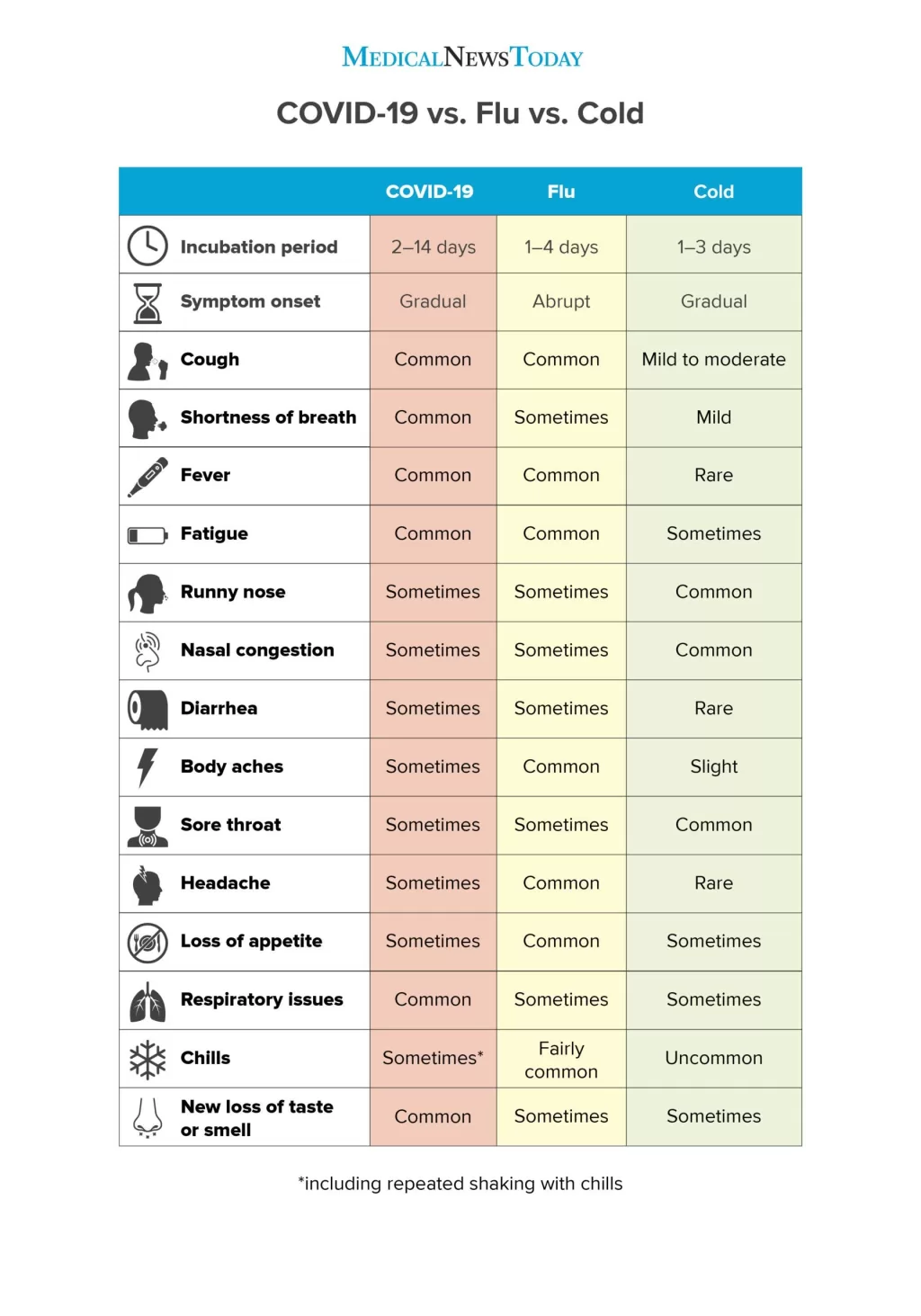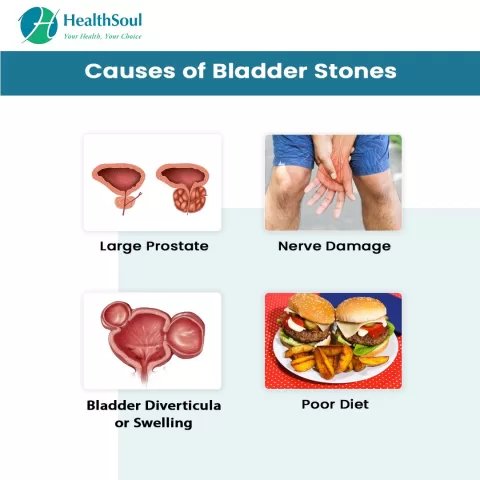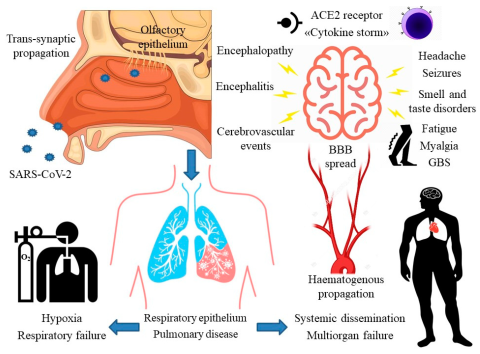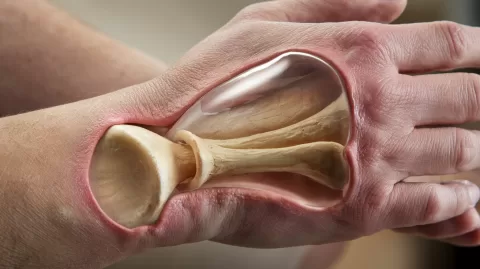In exploring COVID-19 symptoms Android vs iOS users, a notable disparity emerges in reported experiences of this global pandemic. Data collected through the CoronaCheck app has shed light on how users from different mobile platforms report their COVID-19 infections and associated symptoms. Android users, who make up a significant portion of the participants, exhibit a higher average of symptoms compared to their iOS counterparts. This difference is crucial for mobile health research, as it raises questions about the influence of operating systems on health reporting behaviors. By understanding these nuances between Android users’ symptoms and iOS users’ symptoms, we can enhance the effectiveness of public health interventions and improve data collection accuracy.
The examination of COVID-19 infection indicators in the context of differing mobile operating systems reveals intriguing insights. Users of Android devices and those on iOS platforms seemingly experience and report symptoms of the virus in varying degrees, highlighting a new avenue for health technology analysis. This analysis is essential as it uncovers the potential bias in symptom reporting tied to the specific mobile health applications utilized by different user demographics. Given the increasing importance of mobile applications, especially during health crises, understanding how these differences affect health communication and response can foster more effective strategies against pandemics. As researchers continue to delve into these distinctions, the challenges of isolating platform-related biases in user behavior will become increasingly salient.
Understanding COVID-19 User Behavior on Android vs iOS
The discrepancy in COVID-19 symptoms and related data between Android and iOS users highlights significant behavioral patterns associated with different mobile operating systems. This study illustrates that Android users, who predominantly belong to a younger demographic, reported an average of 2.1 symptoms, compared to 1.6 symptoms reported by iOS users. These differences prompt a deeper investigation into how platform design and user engagement can influence health reporting accuracy. Moreover, the findings suggest that younger Android users may be more attuned to symptom reporting due to their tech-savvy nature, indicating a potential bias in mobile health research that may favor one demographic over another.
Additionally, the increased likelihood of Android users to report higher rates of suspected COVID-19 infections (24% vs. 11% for iOS) raises questions about the role of mobile health applications in data collection. This variation may reflect the differences in how each platform facilitates user interactions and outcomes in health tracking applications. With the CoronaCheck app serving a significant role in symptom tracking, understanding these platform-specific behaviors becomes crucial for optimizing user experience and promoting healthier habits through enhanced data collection methods.
Analyzing COVID-19 Symptoms Among Android and iOS Users
This research presents a comprehensive analysis of COVID-19 symptom reporting among Android and iOS users, showcasing that users of Android devices reported a higher frequency of symptoms, such as headaches and coughs. For instance, headache was reported by 29.6% of Android users compared to 24.8% of iOS users. This indicates not just a difference in actual experiences but may also suggest different attitudes towards health and well-being and how symptoms are logged. Android users’ higher symptom reporting calls for a critical examination of the underlying factors that lead to increased self-reporting among this group.
The insights gleaned from this analysis serve to underline relevant implications for mobile health research. Understanding the differing patterns among Android and iOS users is essential in refining the approaches used to collect health data. Given that Android users generally reported more contact risks and symptoms on average, this emphasizes the significance of tailoring health interventions in response to the demographic and behavioral traits associated with different mobile operating systems.
Implications of Mobile Health Research Outcomes
The results of the study indicate that platform-specific biases in mobile health research can lead to systematic errors in understanding health trends. The observed higher rates of symptom reporting among Android users necessitate a continued discourse about the implications of these biases for researchers and healthcare providers alike. Mobilizing efforts towards understanding the demographic and behavioral characteristics of these users can enhance the efficacy of health interventions and digital health strategies. Evaluating user motivations and symptom reporting behaviors is essential to ensure that data collected through applications like CoronaCheck reflect true population health trends.
Moreover, integrating insights on how different demographic factors such as age, sex, and education level influence reporting behavior can improve the reliability of health data. This is particularly important in the context of COVID-19, where accurate tracking and response strategies are critical to controlling the spread of infections. By acknowledging these platform-based differences, healthcare stakeholders can more effectively customize their approaches to health communication and public health messaging, ultimately leading to better health outcomes.
The Role of Socioeconomic Factors in Symptom Reporting
Socioeconomic factors have a substantial influence on health behavior, particularly in symptom reporting during the COVID-19 pandemic. This study’s findings make it clear that demographic variables such as education level and country of residence significantly affect how users of different platforms report their COVID-19 symptoms. For instance, the lower educational level generally associated with Android users aligns with a higher reported rate of infection, suggesting that there may be disparities in health literacy and access to information across different mobile operating systems.
Understanding these socioeconomic factors is critical for researchers aiming to navigate the complexities of mobile health data collection. By addressing the influences of age, gender, and socio-economic status on symptom reporting, healthcare providers can identify specific population groups that may be at greater risk and tailor public health strategies accordingly. The findings underscore the necessity of accommodating these diverse backgrounds in mobile health initiatives to promote equitable health reporting and ensure that no demographic is overlooked.
Design Considerations for Mobile Health Applications
As the mobile health sector continues to evolve, the design of health applications like the CoronaCheck app plays a pivotal role in facilitating user engagement and accurate data collection. The disparity in COVID-19 symptoms reported by Android and iOS users emphasizes the need for designs that cater to the preferences and capacities of diverse user groups. For instance, features that enhance usability and accessibility can significantly influence how users document their health status and experiences.
Moreover, integrating feedback mechanisms into app design can encourage greater reporting fidelity among users. By addressing specific needs and challenges encountered by Android or iOS users, developers can create a more inclusive environment that fosters detailed and honest reporting of health symptoms. This, in turn, not only improves the quality of data collected but also supports targeted health interventions that consider user diversity in a technological landscape.
Future Directions in COVID-19 Mobile Health Research
The findings from this analysis suggest several directions for future COVID-19 mobile health research. One potential path is the exploration of user behavior trends across a range of demographic factors beyond just operating systems, such as regional healthcare access, insurance status, and even mental health conditions. Such comprehensive studies could uncover deeper insights into why Android users report higher symptoms and infection rates, ultimately contributing to more responsive public health policies.
Additionally, as COVID-19 continues to evolve, it is essential that mobile health research adapts accordingly. Researchers must prioritize longitudinal studies that track symptom patterns over time to understand how behavioral responses shift as new variants and information emerge. This proactive approach in adapting mobile health methodologies will ensure that valuable insights into COVID-19 are captured accurately, thus informing more effective health responses.
Engaging Health Communication Strategies for Diverse Platforms
Effective health communication strategies must take into account the unique engagement profiles of Android and iOS users. Given the variations in demographic characteristics and reported symptoms, promotional and educational materials should be crafted with sensitivity to the specific needs of each user group. For instance, campaigns targeting younger users on Android devices could leverage social media platforms popular among this group to disseminate critical health information and encourage active symptom reporting.
Moreover, employing multi-channel communication tactics can enhance outreach efforts across platforms. Addressing potential barriers that may deter users from participating in mobile health applications is ultimately crucial for building trust and promoting adherence to symptom tracking. Tailoring messages to align with user preferences will not only enhance engagement but also improve the collection of accurate health data during critical public health measures.
Evaluating the Impact of Mobile Health Platforms on User Reporting
It is vital to investigate how different mobile health platforms affect user reporting in the context of COVID-19. The discrepancies noted between Android and iOS users invite further studies that isolate various elements of app functionality and user interface design that may influence reporting behavior. For example, the choice of language, notification systems, and ease of use can heavily dictate how inclined users are to report symptoms consistently.
Furthermore, incorporating user feedback into the evaluation process can provide valuable insights into their experiences while using mobile health applications. Assessing the impact of these platforms on user reporting will not only provide a clearer understanding of symptom awareness but also inform future enhancements in mobile health strategies. By ensuring that health apps evolve based on user interactions, researchers can bolster the reliability of health data collection and better respond to public health needs.
Policy Implications of Platform-Specific Health Data
The disparities in COVID-19 symptom reporting between Android and iOS users raise important policy considerations for health authorities and organizations. These findings could inform strategies aimed at closing the gap and ensuring that both user groups are adequately represented in health data. For public health officials, leveraging insights from mobile health app analytics can guide decision-making processes, particularly as they relate to resource allocation and targeted interventions in areas with higher reported infection rates.
Moreover, as mobile health applications become an integral part of health monitoring and reporting, it is crucial for policymakers to establish guidelines that prioritize equitable health data collection. By recognizing the potential biases introduced by platform-specific differences, health authorities can better develop frameworks that aim for inclusive health messaging and reporting, ultimately leading to more effective public health outcomes for all users, regardless of their mobile operating system.
Frequently Asked Questions
What are the key differences in COVID-19 symptoms reported by Android vs iOS users?
Studies using data from the CoronaCheck app indicate that Android users reported more COVID-19 symptoms on average (2.1 symptoms) compared to iOS users (1.6 symptoms). Common symptoms include headache and cough, with Android users also showing a higher rate of suspected COVID-19 infection.
How does mobile health research differ between Android users and iOS users regarding COVID-19 symptoms?
Mobile health research suggests that Android users, often younger and with lower educational levels, report more symptoms of COVID-19 compared to iOS users. This indicates potential biases in data collection and highlights the need to consider operating systems in health research.
Are Android users more likely to report COVID-19 infections compared to iOS users?
Yes, the findings from the CoronaCheck app show that approximately 24% of Android users reported suspected COVID-19 infections, whereas only about 11% of iOS users reported the same, suggesting significant differences in infection rates between the two platforms.
What implications do the findings on COVID-19 symptoms in Android versus iOS users have for public health?
The differences in reported COVID-19 symptoms between Android and iOS users imply that public health data collected through mobile health apps may be biased. Recognizing these discrepancies is crucial for improving the reliability of health information gathered through platforms like the CoronaCheck app.
How did sociodemographic factors influence COVID-19 symptom reporting among Android and iOS users?
Sociodemographic factors such as age, sex, and education significantly impacted the reporting of COVID-19 symptoms, with Android users being younger and more frequently male. This variation highlights the necessity of adjusting for such factors in mobile health research.
What is the significance of using the CoronaCheck app for COVID-19 symptom tracking in Android vs iOS users?
The CoronaCheck app provides valuable insights into the differences in COVID-19 symptoms reported by Android and iOS users. This data helps researchers understand platform-specific behaviors and symptom reporting trends, enhancing the quality of mobile health research.
How can understanding Android vs iOS users improve mobile health research regarding COVID-19?
Understanding the differences in COVID-19 symptom reporting between Android and iOS users allows researchers to tailor studies and improve engagement. This ensures more accurate data collection and enhances the generalizability of health assessments in mobile health studies.
What common COVID-19 symptoms were reported more frequently by Android users compared to iOS users?
Common COVID-19 symptoms reported more frequently by Android users include headaches (29.6% vs 24.8% in iOS users) and cough (27.3% vs 22.5% in iOS users), indicating potential differences in symptom perception or reporting across mobile platforms.
| Key Points | Details |
|---|---|
| Study Size | 23,063 users (20,753 Android, 2,310 iOS) across several countries. |
| Demographics | Android users are generally younger (62.5% under 40) and more often male than iOS users (41.5% under 40). Lower educational levels noted in Android users. |
| Symptoms Reporting | Android users reported an average of 2.1 symptoms vs. 1.6 for iOS users. Common symptoms include headache (29.6% Android vs. 24.8% iOS) and cough (27.3% Android vs. 22.5% iOS). |
| Infection Rates | Higher suspected COVID-19 infection rates found in Android users (24% vs. 11% for iOS). |
| Implications | Indicates potential biases in mHealth studies. Highlights need for adjustments based on OS in research. |
Summary
In summarizing COVID-19 symptoms Android vs iOS, this study uncovers noteworthy disparities in symptom reporting and suspected infections between users of different mobile operating systems. The findings demonstrate that Android users tend to report more symptoms and higher infection rates than their iOS counterparts. Such differences are crucial for understanding how platform-specific characteristics can influence health data collection and mobile health research outcomes. This research emphasizes the importance of considering these distinctions to enhance data reliability and improve overall public health responses.
The content provided on this blog (e.g., symptom descriptions, health tips, or general advice) is for informational purposes only and is not a substitute for professional medical advice, diagnosis, or treatment. Always seek the guidance of your physician or other qualified healthcare provider with any questions you may have regarding a medical condition. Never disregard professional medical advice or delay seeking it because of something you have read on this website. If you believe you may have a medical emergency, call your doctor or emergency services immediately. Reliance on any information provided by this blog is solely at your own risk.








